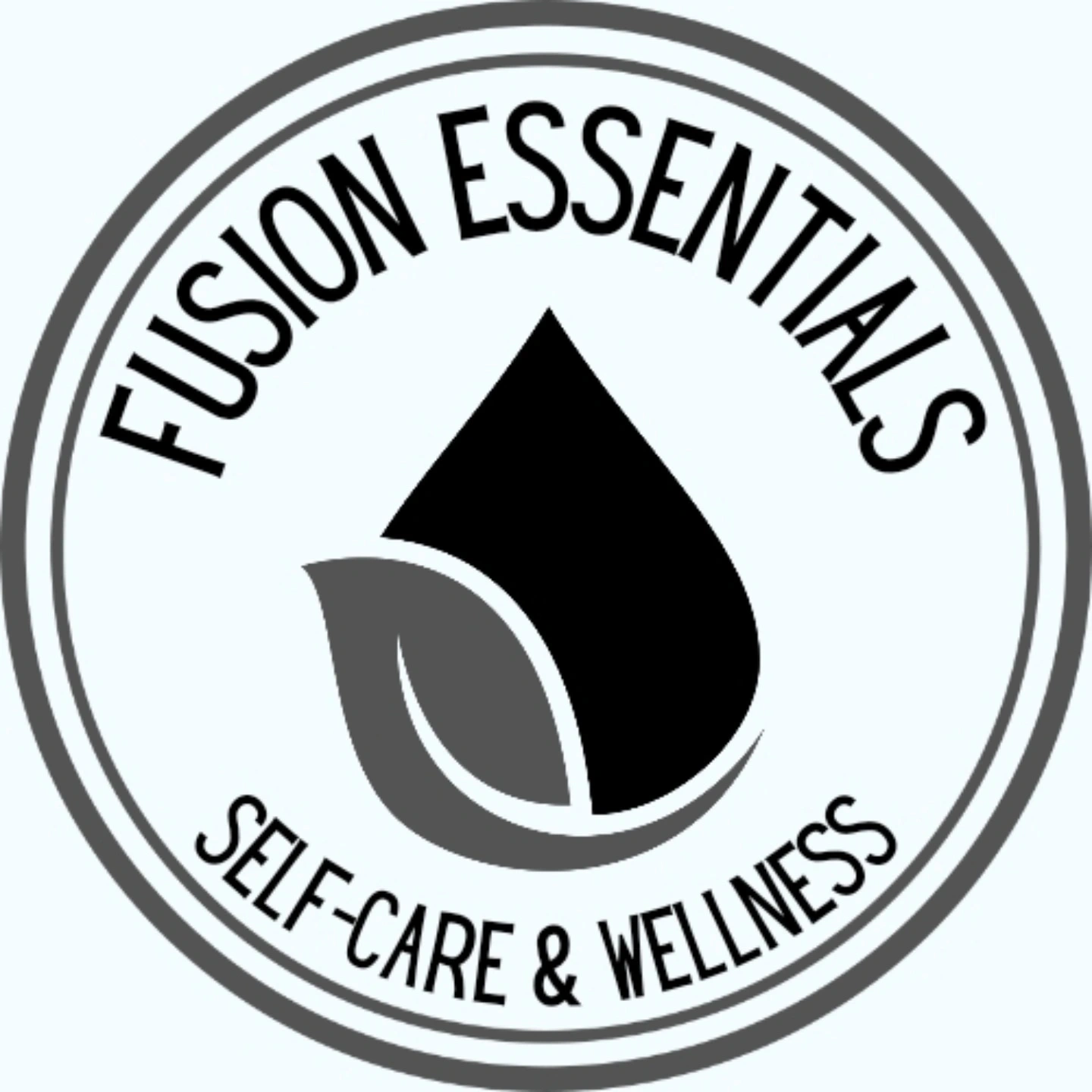How to Create Unique Blends with Essential Oils
- Fusion Essentials

- Jul 9
- 4 min read
Essential oils are more than just scents. They are natural substances derived from plants, known for their therapeutic properties. Blending essential oils can create personalized aromas and enhance their benefits. Whether you want to promote relaxation, invigorate your senses, or support your physical health, unique essential oil blends can help you achieve these goals.
Understanding Essential Oil Blends
Creating unique essential oil blends is an art. It involves knowing the properties of different oils and how they work together. Some oils may complement each other, while others can create a dissonance. To start blending, you first need to become familiar with various essential oils and their characteristics.
For instance, lavender and chamomile are known for their calming effects, making them great choices for relaxation blends. On the other hand, citrus oils like lemon and orange can stimulate and uplift your mood. Understanding these properties is essential for crafting blends that suit your needs.

Steps to Create Unique Essential Oil Blends
Select Your Base Oil: Start with a carrier oil, such as jojoba or sweet almond oil, especially if you plan to apply the blend to the skin. Carrier oils help to dilute essential oils, making them safe for topical application.
Pick Your Essential Oils: Choose 2-5 essential oils that serve your intended purpose. For instance, if you’re aiming to relieve stress, you might choose lavender, bergamot, and ylang-ylang.
Experiment with Ratios: Start with a basic ratio, such as 2 parts of one oil, 1 part of another, and so on. This will allow you to evaluate their harmony. Often, a trial and error process leads to the best results.
Mixing the Oils: Combine your essential oils into a glass container. You will want to blend properly so that the oils integrate well. You can use a dropper to ensure precision.
Let the Blend Sit: Allow your blend to sit for at least 24 hours for the scents to meld. After resting, smell the mixture and assess if it needs adjusting.
Store Properly: Use dark glass bottles to store your blends. This protects the oils from ultraviolet light, ensuring their longevity and potency.

Do Essential Oils Work for Hair Regrowth?
Essential oils can play a role in hair care, including promoting hair regrowth. Many people have turned to natural remedies using essential oils. Scalp health is essential for hair growth, and certain oils can help.
For instance, peppermint oil improves circulation to the scalp, which may encourage hair growth. Rosemary oil has similar benefits and is well-known for supporting thicker hair. Moreover, combining these with carrier oils like coconut oil enhances the overall effectiveness.
Studies indicate that using essential oils regularly results in positive outcomes for thinning hair. They can nourish the scalp, reduce flakiness, and increase hair volume. Incorporating essential oils into your hair care routine could potentially enhance overall hair health.
Blending for a Specific Purpose
Every essential oil blend can target different aspects of wellbeing. For instance, consider a blend created specifically for stress relief.
Stress Relief Blend Example:
Lavender - 3 drops
Bergamot - 2 drops
Frankincense - 1 drop
This combination works harmoniously to calm nerves and promote a sense of peace. Each oil adds its unique touch, offering layers of fragrance while maximizing calming effects.

Blend for Energy and Focus
In contrast, you may want to create a blend focused on energy and concentration. Consider using:
Peppermint - 3 drops
Lemon - 2 drops
Rosemary - 2 drops
This blend revitalizes the senses and sharpens clarity. The combination of energizing citrus and refreshing mint makes for a delightful experience, especially during work.
Safety Considerations and Practical Tips
While blending essential oils can be enjoyable, it's essential to consider safety:
Conduct Patch Tests: Always conduct a patch test before applying any new blend to your skin to check for allergic reactions.
Use Appropriate Dilution: For topical applications, your essential oil blend should be diluted properly. A good rule is to use only 1-2% concentration for facial oils and up to 5% for body oils.
Research Each Oil: Be aware of potential contraindications. Some oils are not safe for certain conditions or during pregnancy.
Store Safely: Essential oils should be kept out of reach of children and pets to prevent accidental ingestion.
Incorporating Essential Oil Blends into Daily Life
There are many ways to incorporate essential oil blends into your daily routine. Here are some practical applications:
Diffusion: Add a few drops of your blend to a diffuser to fill a room with your desired scent. It not only enhances the atmosphere but can also elevate your mood.
Baths: Add your blend to bath water for a relaxing soak. The oils can nourish your skin while providing aromatherapy benefits.
Massage: Blend with a carrier oil for a soothing massage. It’s an excellent way to relieve tension and unwind.
Household Cleaning: Certain essential oils have natural antibacterial properties. Use them to create your own cleaning products for a fresh and healthy home environment.
Personal Care: Essential oils can enhance lotions or other cosmetics. Add them into unscented products to create unique aromas that personalize your skincare routine.
Incorporating essential oils into your life can be highly beneficial. The unique blends you create can enhance your emotional and physical wellbeing.
With practice and experimentation, you can master the art of crafting essential oil blends that perfectly suit your lifestyle and preferences. As you delve deeper, consider exploring sources that provide more insights, like fusion essential oils. Embrace the journey of scent and wellness as you unleash creativity in your blending adventures!








Comments